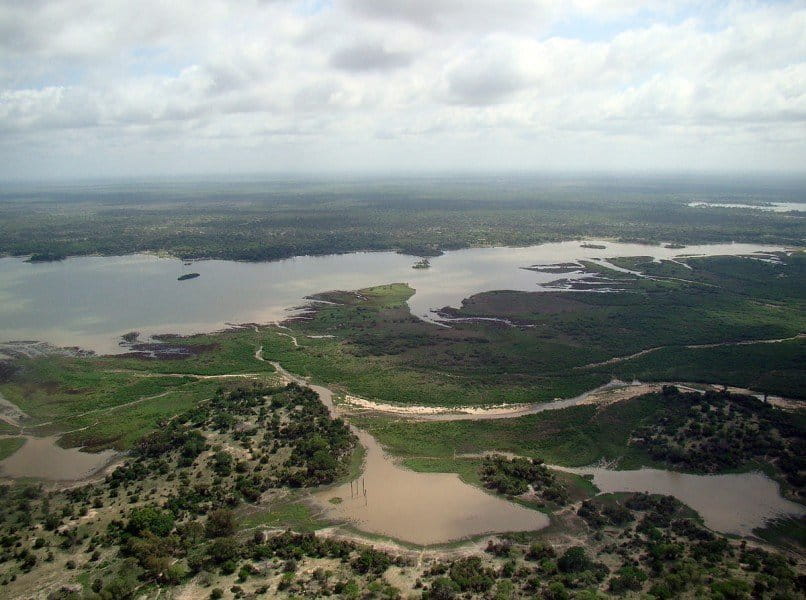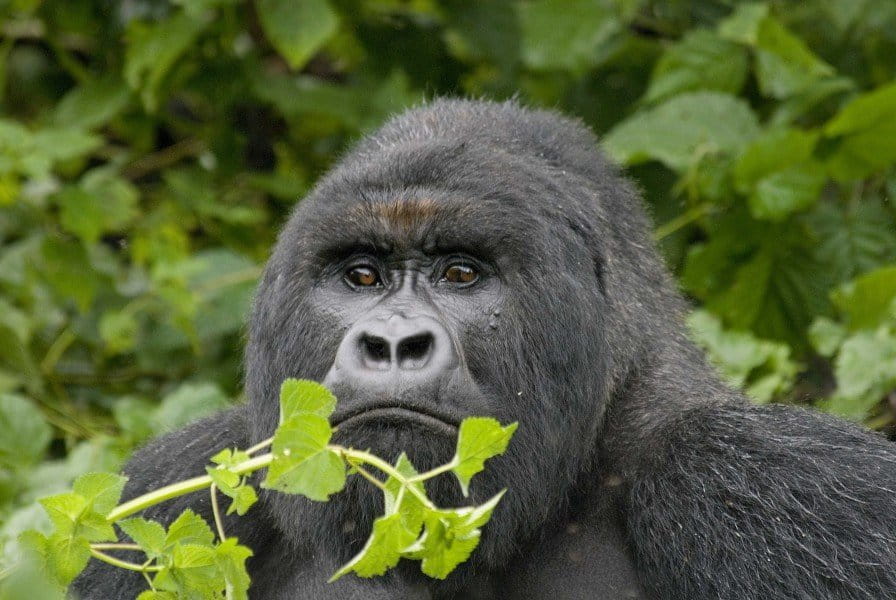- Protected areas are not everlasting, as we often tend to believe.
- Larger protected areas, especially those that occur in densely populated areas are more likely to be downgraded, downsized or degazetted, researchers have found.
- Understanding when protected areas work, and what factors cause them to fade, is essential to improve planning of national protected area networks, researchers write.
Every time a new protected area is announced, nature lovers rejoice. But protected areas are not everlasting, as we often tend to believe. Under pressure from increasing human populations, and various economic goals, countries downgrade, downsize or even degazette national parks and nature reserves, events that researchers refer to as PADDD (protected areas downgraded, downsized, or degazetted).
But what makes certain protected areas more vulnerable to such PADDD events? A new study published in Global Change Biology has found that in tropical and sub-tropical countries, larger protected areas, especially those that occur in densely populated areas, are more likely to have their status diluted, their areas shrunk, or their legal protection completely withdrawn.
“Protected areas are not static but instead dynamic, shifting institutions that change over time, and it is crucial for conservation planners to recognise this,” William Symes, lead author and a graduate student at the National University of Singapore, said in a statement. “The global protected area estate is huge and the dynamics driving change within it are poorly understood.”

To find out what drives PADDD events, Symes, and his colleagues from Wildilfe Conservation Society and Conservation International, investigated 342 instances of such events in 44 tropical and sub-tropical countries, between 1900 and 2010.
Of the 207 protected areas (PAs) the team looked into, 44 had been downgraded, 139 had been downsized, and 24 parks had been degazetted. Fifty-nine of these parks had undergone all three events.
The researchers found that protected areas that were larger in size were more likely to be a target of a PADDD event.
“The influence of PA size in our study is likely due to larger PAs having more potentially exploitable land and geographic features, such as mineral deposits,” the authors write in the paper.
Moreover, larger the protected area size, the “more costly it is to circumvent through infrastructure development, potentially disrupting the economic activities of large regions,” they add.
Pressure from increasing human populations increases risk of a PADDD event too, the authors found. So large protected areas that are located within high population density areas are at greater risk of being downsized, downgraded or degazetted, they write.
Protected areas within populous countries like India, for instance, have seen around 510 PADDD events between 1990 and 2014, 98 percent of which have occurred in the last decade.
However, the team cautions against concluding that large protected areas are undesirable for conservation when compared to smaller parks.

“There are many species and ecosystems that require large undisturbed regions for survival, so to ignore such sites in future conservation plans would be unwise,” they write. “Instead, our analysis shows larger PAs to be less robust in the face of economic, demographic and legislative pressure. Importantly, this potential vulnerability should be explicitly recognised by conservation planners and practitioners, to ensure appropriate safeguards are in place.”
Larger size of protected areas is not the only factor, though, the researchers warn. Individual countries have their own sets of multiple, interwoven factors that influence how and which protected areas suffer from a PADDD event, they write.
“For example, rule of law, environmental governance, land tenure or policy likely interact in complex ways to alter the frequency and location of PADDD events,” they add.
As demand for minerals, timber, land and infrastructure continues to rise, more protected areas will lose their protection, have their boundaries shifted, or will eventually fade away.
For instance, the Democratic Republic of Congo recently announced its intentions of downsizing Virunga National Park, a UNESCO World Heritage Site, to allow oil exploration. Virunga is home to the endangered mountain gorillas.
“We hope that our results will encourage more research on the mechanisms making protected areas become smaller or disappear, leading to more effective conservation in the future,” Symes said in the statement.
Citation:
- Symes, W. S., Rao, M., Mascia, M. B. and Carrasco, R. L. (2015), Why do we lose protected areas? Factors influencing protected area downgrading, downsizing and degazettment (PADDD) in the tropics and sub-tropics. Glob Change Biol. Accepted Author Manuscript. doi:10.1111/gcb.13089